Aachen's city history collection is distributed over several museums. It consists of paintings and artefacts of everyday culture, devotional objects, items of furniture, sculptures, sumptuous fabrics ... and many informative prints.
There are finds from Neolithic times, testimonies to Romans times at the thermal springs, and, of course, the Carolingian Empire is well represented by numerous artefacts, models and documents. The focus is as much on medieval Aachen as a place of royal coronations and holy pilgrimages as it is on the temporary decline of the city through the devastating fire in 1656.
The collection also illuminates the Baroque period of restoration which turned Aachen into a spa and health resort that remained a focal point of international high-society life until well into the 19th century. It covers the industrial revolution in Aachen's cloth and needle manufacturing sectors and the 20th century with its world wars right through to the Charlemagne Prize Awards in the European City of Aachen: All of these eras are reflected in the city history collection. A huge part of the town history collection consists of more than 1,000 prints and drawings with motifs from the town and the region. These include depictions of the Cathedral and the pilgrimages, of other sacred and secular buildings, of the town's gates and watchtowers, of Aachen as a spa resort, as well as maps, portraits of Aachen personalities and lots more.
In addition to the Suermondt Ludwig Museum, the Centre Charlemagne – New City Museum Aachen also showcases a portion of the inventory of the town history collection, and a further portion can be viewed in the Couven Museum.
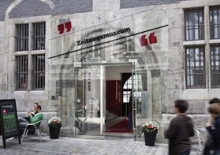
Medienmuseum, Wechselausstellungen und eine Sammlung von 200.000 Zeitungen und Druckwerken in nahezu allen Sprachen.
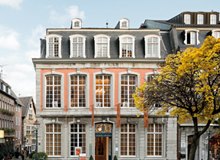
Das bekannteste Wohnzimmer Aachens, mit anschaulichen Einblicken in die Wohnkultur des 18. und frühen 19. Jahrhunderts.

UNESCO-Weltkulturerbe mit herausragender künstlerischer Ausstattung: Karlsschrein, aufwändigen Mosaiken, einer goldenen Altartafel.
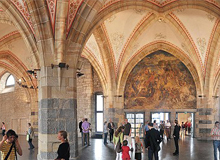
Die größten Historienbilder der Romantik, originalgetreue Kopien des Säbels Karls des Großen, einer karolingischen Handschrift, der Reichskrone.
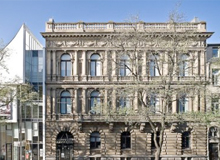
Kunst von der Gegenwart bis in die Antike, mit hervorragenden Gemälden und Skulpturen des Spätmittelalters sowie der Malerei des 17. Jhs.
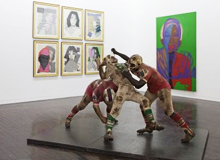
Schauplatz für zeitgenössische Künstler und Kunstwerke, Begegnungsstätte darstellender und bildender Kunst, Bestände der Sammlung Ludwig.
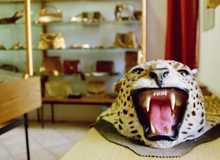
Lebendiges Zentrum zur Erinnerung der Grenzgeschichte und -geschichten, mit verbotenen Souvenirs und Schwarzbrennerei.
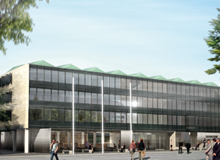
Eröffnung 2014 – Lebendige Geschichte von den Karolingern bis heute. Ausgangspunkt der Route Charlemagne am historischen Katschhof.

Stolz blicken die Aachener auf ihre Geschichte als römische Bäderstadt und Kaiserresidenz Karls des Großen zurück. Der Dom, 1978 zum ersten UNESCO Weltkulturerbe in Deutschland ernannt, und das Rathaus bilden den Mittelpunkt der Stadt. In den Gassen der Altstadt erzählen viele historische Gebäude von der lebhaften Geschichte der Stadt, und doch ist die Zeit nicht stehen geblieben.
An der „Eliteuni“ RWTH Aachen und den anderen Hochschulen sind rund 40.000 Studenten eingeschrieben. Das junge Leben pulsiert vor allem im Pontviertel, dem beliebten Ausgehviertel mit seinen zahlreichen Cafés, Kneipen und Restaurants. Doch auch in den Gassen und auf den Plätzen der Altstadt ist immer viel los. Rund um Dom und Rathaus laden zahlreiche Einzelhändler ebenso wie Filialen namhafter Häuser zum Bummeln ein.
Quelle allen Ruhms ist das Wasser: Die Heilkraft der heißen Thermalquellen war ausschlaggebend dafür, dass Kaiser Karl Aachen zu seiner Lieblingsresidenz machte. Die Badetradition wird heute durch die Carolus Thermen Bad Aachen weitergeführt.
Wer sich lieber in der Natur entspannt, hat dafür zahlreiche Möglichkeiten, etwa im nahe gelegenen Nationalpark Eifel. Zudem locken mehrere Theater und Museen mit einem vielschichtigen Angebot.

